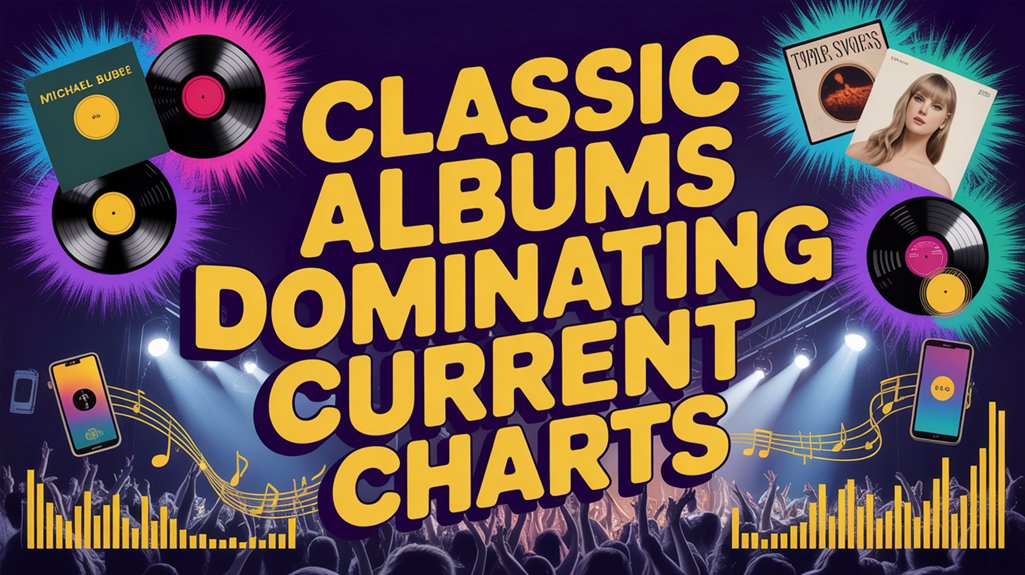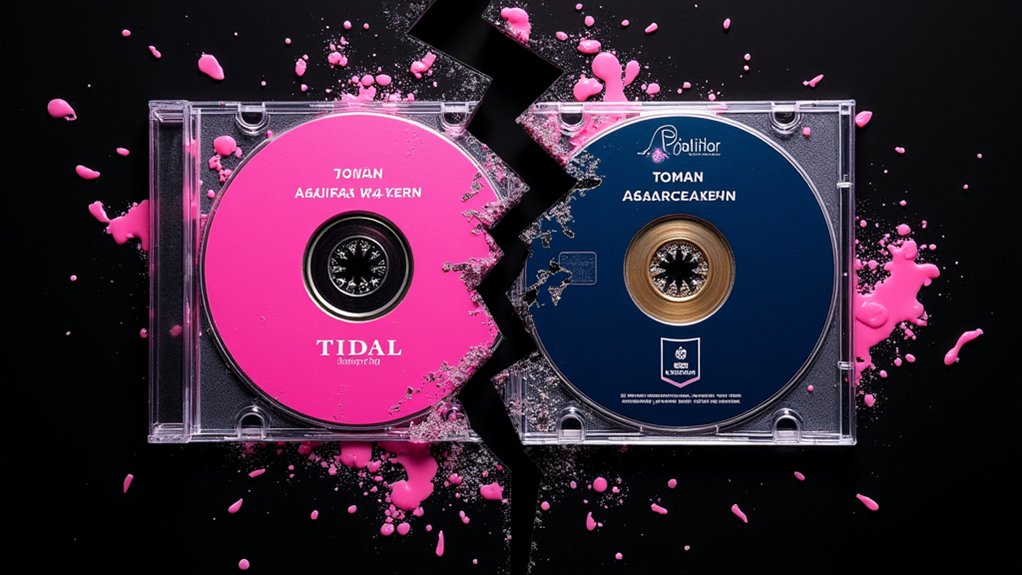While the music industry has historically thrived on the excitement of new releases and emerging artists, a dramatic shift in consumer behavior has upended this long-established paradigm. Recent industry data reveals that old music catalogs now command approximately 70% of the US music market, leaving new music with a shrinking 30% share that continues to decline by roughly 1.4% annually. This transformation represents an unprecedented reversal in an industry that once measured success primarily through chart-topping new releases.
The dominance of catalog music, defined as recordings over 18 months old, extends across all consumption platforms but is particularly pronounced in streaming environments. Digital platforms’ algorithms, designed to maximize user engagement and minimize subscriber churn, heavily favor familiar tracks over new discoveries. Popular playlists like “90s Hits” and “Throwback Punjabi” consistently outperform new release compilations, reflecting listeners’ preference for the comfort of known quantities in an overwhelming sea of millions of available tracks. This listening behavior is further reinforced by the comfort in familiarity that drives consumer preferences when navigating vast music libraries. For established songwriters, these trends have increased the importance of royalty collection through performance rights organizations that ensure compensation when older works continue gaining streams.
The nostalgic safety of familiar melodies outshines novelty in our algorithm-driven streaming world.
This trend has manifested dramatically on the charts, where legacy acts like Queen and Michael Bublé have experienced remarkable resurgences, competing directly with contemporary artists for top positions. Even when new music achieves substantial absolute streaming numbers—contemporary songs from 2020 onward accumulated approximately 42 billion streams during a recent measurement period—its relative market share continues to diminish against the tidal wave of catalog consumption. The Grammy Awards’ viewership dropped 53% from 2020 to 2021, further highlighting the public’s waning interest in new music celebrations.
The economic implications of this shift have restructured industry priorities, with music companies increasingly directing investment toward acquiring valuable back catalogs rather than developing unproven new talent. Catalog revenue streams now serve as the primary engine of growth, creating significant concerns among working musicians who depend on new music income for their livelihoods. This shift has prompted many artists to explore sync deals as an alternative revenue source, licensing their music for use in films, commercials, and video games.
Perhaps most surprisingly, this preference for older music transcends demographic boundaries; younger listeners frequently demonstrate strong affinity for classic tracks, contradicting conventional wisdom about youth markets driving new music consumption. As the 200 most popular contemporary tracks now represent less than 5% of total streams—half their share from just three years ago—the industry faces a fundamental reconsideration of how music is created, marketed, and monetized.




